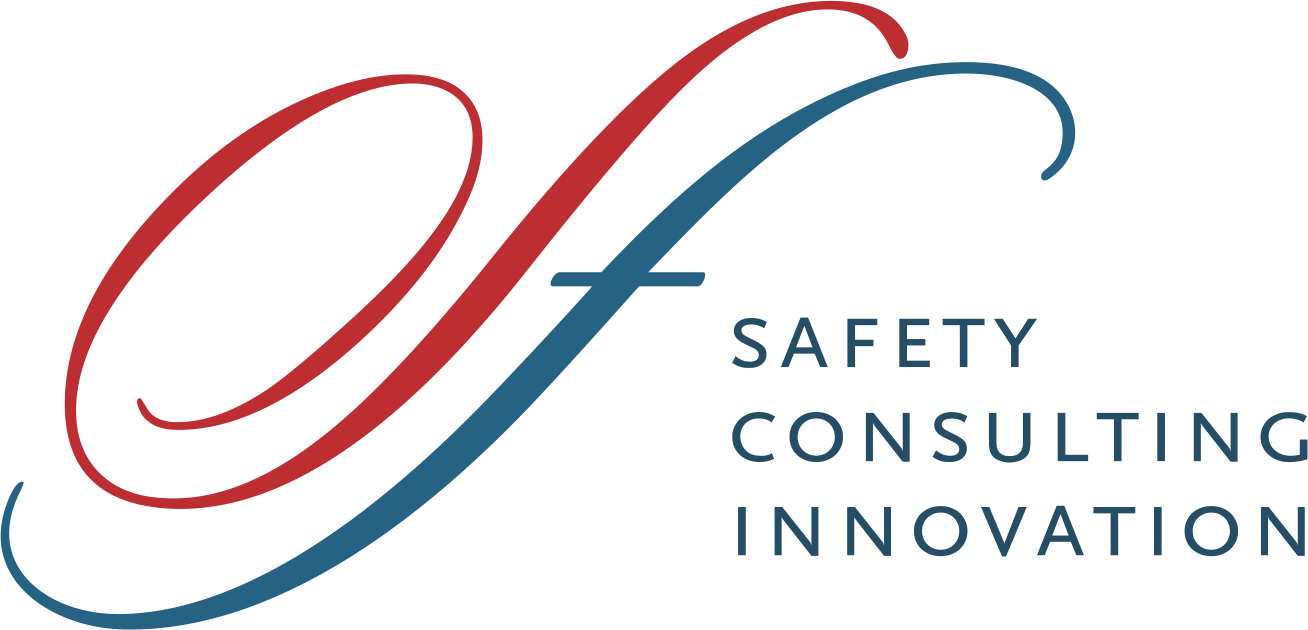|
Getting your Trinity Audio player ready...
|

A report that includes a safety assessment cannot be confused with a clinical study of compatibility, or phototoxicity, or sensitization/allergenicity.
The dossier also includes other analyzes and at the end brings the verdict on the safety of the product according to its mode of use and exposure time.
A single clinical study cannot be used to "topping up", or "declare" that the cosmetic product is safe to be placed on the market.
The clinical study can take part of the safety dossier, where the absence or presence of adverse effects on humans is observed. This result is analyzed by a certified professional which, yes, the forehead that the product is safe (or not) for use as a cosmetic product.
The Cosmetics Regulatory Modernization Act of 2022 (MoCRA) is the most significant expansion of the Food & Drug Administration's (FDA's) authority to regulate cosmetics in the United States since the Federal Food, Drug, and Cosmetic (FD&C) Act was passed. in 1938s.
Companies and individuals that manufacture or sell cosmetics have a responsibility to ensure the safety of their products.
Neither the law nor FDA regulations require specific testing to demonstrate the safety of individual products or ingredients, but the responsible person is required to have sufficient data to ensure and maintain records that support adequate proof of the safety of their cosmetic products.
Manufacturers can use relevant toxicology data that is already available to support the safety of their products.
It is important that all data used to support the safety dossier are derived from scientifically robust methods, both non-clinical and clinical methods.
The presentation of a safety report, prepared by a certified safety assessor, is mandatory in Europe and must be part of the product information file (Product Information File – PIF).
The safety report for a cosmetic product (Cosmetic Product Safety Report – CPSR) must contain, at a minimum:
- Qualitative and quantitative composition of each ingredient present in the product;
- Physicochemical characteristics and stability;
- Microbiological quality;
- Impurities, traces and packaging material;
- Normal and reasonably predictable use of the product;
- Place of application of the product (face, body, oral use, etc.);
- Exposure data for each ingredient present in the product;
- Toxicological profile of each ingredient;
- Data on undesirable effects or severely undesirable effects of the product;
- Other relevant information about the cosmetic product;
- Completion of the security assessment;
- Labeling warnings and instructions for use;
- Explanation of the scientific rationale that led to the conclusion of the safety assessment;
- Safety assessor credentials, proof of assessor qualification.
A SF Safety Consulting & Innovation can prepare the safety report, or CPSR, for your company.
SF Safety Consulting & Innovation provides its customers and partners with a dedicated and personalized service, based on three main commitments:
- Security: promises that are kept,
- Credibility: built through a long history in the market,
- Quality: supported by daily updates of laws, regulations and scientific data.
Want to know more?
- Visit our website: https://sfsafetyconsulting.com.br/
- Follow our social media pages on Facebook and Instagram.
- Safety in cosmetics. Because you need to have it.
SF Safety Consulting.
Passion for knowledge and science.
